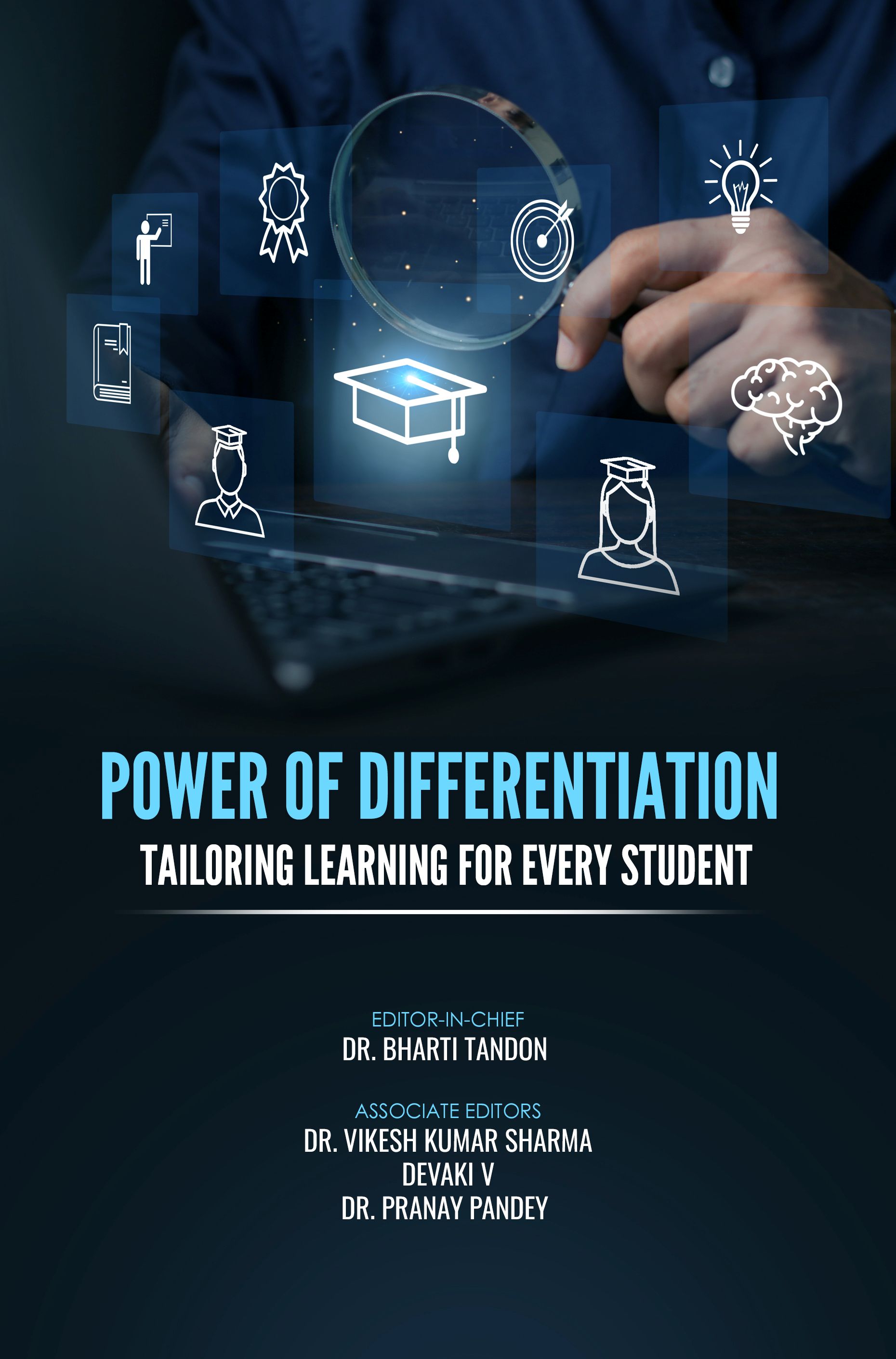LEVERAGING TECHNOLOGY: STRATEGIES FOR DIFFERENTIATED INSTRUCTION
DOI:
https://doi.org/10.25215/9141001575.06Abstract
Differentiated instruction is the practice of adapting instruction, content, and assessment to meet diverse learning needs. Differentiating instruction acknowledges that students have various backgrounds, skills, and interests and that they require individualized educational experiences, in contrast to traditional methods that use a standard approach to teaching. Key Principles of differentiated instruction are student-centred, flexible grouping, continuous assessment, promote cooperation, unique learners profile is valued and considered and granting autonomy. Effective differentiated education requires a supportive learning environment. Diversity is valued, inclusivity is encouraged, and each student feels like they belong in a supportive learning environment. Teachers can accomplish this by putting into practice a number of tactics that address the various needs of their students. By offering a variety of tools and resources that accommodate various learning demands, styles, and skills, technology plays a big part in differentiated learning.Published
2025-04-02
Issue
Section
Articles


